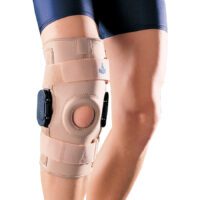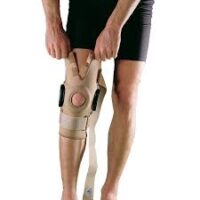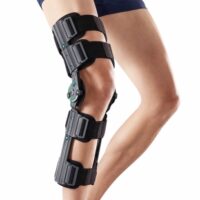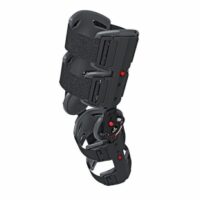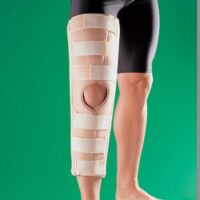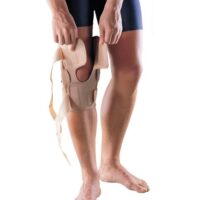What are the Symptoms of an ACL Tear?
ACL Tears: Symptoms and Immediate Actions
An ACL (Anterior Cruciate Ligament) tear is a common knee injury, especially during sports that involve sudden pivots or stops.
What are 3 Signs and Symptoms of an ACL Tear?
Here’s what typically happens during an ACL injury:
- The knee might feel unstable or buckle without warning.
- A sharp “pop” sound might occur at the injury moment.
- Rapid swelling in the knee joint follows.
If you notice these symptoms, it’s critical to see a sports physiotherapist, sports physician, or orthopaedic surgeon immediately. They can evaluate your injury through a physical exam and specific tests for ACL laxity.
ACL Symptoms FAQs
- Can I bend my knee with a torn ACL? – Bending the knee might be possible but could be painful and unstable.
- How do I know if I tore my ACL or meniscus? – An MRI can differentiate between ACL tears and meniscal injuries based on the location and nature of the pain and swelling.
- What can be mistaken for an ACL tear? – Other knee injuries like meniscal tears or collateral ligament injuries.
- How can I check if my ACL is torn? – Professional evaluation including physical examination and clinical tests are necessary.
- How painful is a torn ACL? – It can be quite painful, especially immediately after the injury occurs.
- Can you tell if ACL is torn without MRI? – Clinical tests can suggest an ACL tear, but MRI is needed for confirmation.
- Where is ACL pain located? – Pain is primarily located in the knee, especially around the joint.
- Which is worse meniscus or ACL tear? – Both are serious, but ACL tears are often more detrimental to knee stability and function.
Recent Research on ACL Injuries
Recent studies highlight the importance of early diagnosis and individualised treatment plans. Advanced imaging techniques, like MRI, not only confirm an ACL tear but also reveal any associated injuries, which could dictate the treatment approach.
ACL injuries may be treated surgically (ACL reconstruction), conservatively (exercise-based rehabilitation), or using an ACL brace protocol. There are pros and cons of each option. Every ACL injury is different, so seeking the prompt advice of your doctor or physiotherapist is vital for your best outcome.
More info: ACL Treatment Considerations

The Role of Physiotherapy in ACL Injury Recovery
Physiotherapists play a crucial role in the recovery and rehabilitation from an ACL injury. Treatment varies depending on age, activity level, and injury severity. With a tailored rehabilitation program, you can regain strength and stability in the knee, which is vital for a successful return to daily activities or sports.
What to Do? Seeking Professional Advice
Consulting with a knee physiotherapist is crucial. They can offer guidance tailored to your specific needs, helping you start an appropriate treatment and rehabilitation plan swiftly.







